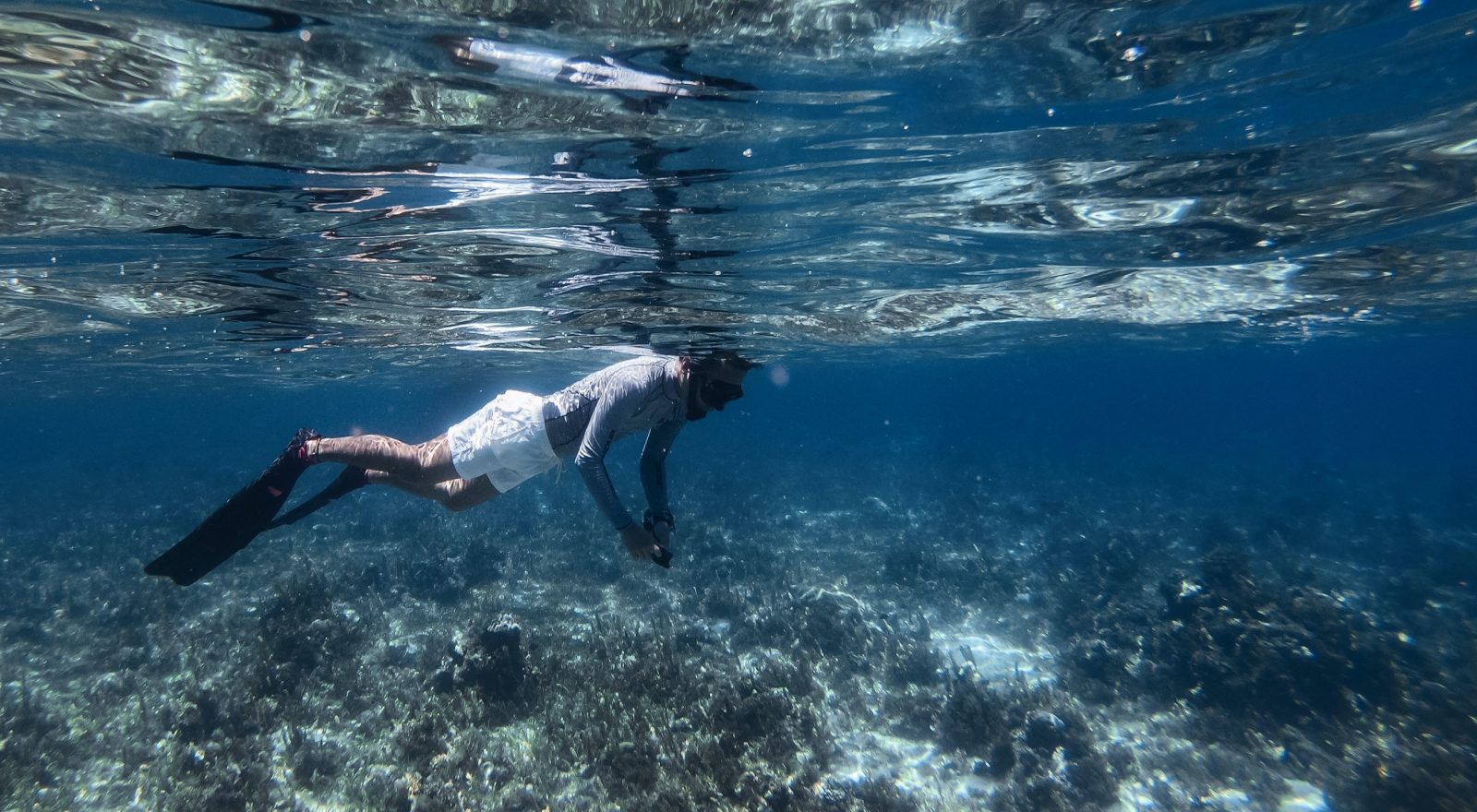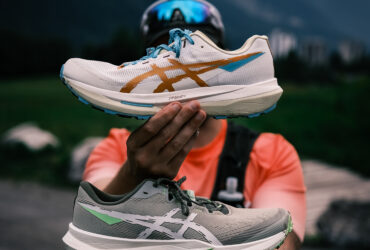Getting started with snorkeling has never been easier, thanks to the beginner's tips we've put together for you today. Discover the seabed in complete tranquillity. You'll be amazed!
Every year, as the summer vacations approach, you make the same resolution. "What if I tried snorkeling? But you're not sure where to start, so you give up. It's such a shame to miss out on these wonderful underwater sessions, alone or with others. With these simple tips for getting started, you'll be well on your way to discovering the underwater wealth. Corals and starfish are just waiting for you!
Sieh dir diesen Beitrag auf Instagram an
The equipment
Since snorkeling has become increasingly popular, brands have been offering a wide range of snorkeling products. Even if the water in which you plan to snorkel is warm enough for your liking, it may be worth investing in a wetsuit. There are short- or long-sleeved wetsuits that stop at the thighs or feet. The thickness of the fabric will also depend on the water temperature. There's no need to spend a fortune to get started, especially if you're only going to use it on vacation. We don't always realize it, but during a trip underwater, fascinated by your exploration, time passes and the body rapidly cools down. That's when you'll appreciate the comfort of the wetsuit.
Concerning mask and snorkelHere again, you'll find something to suit every budget. Some include the snorkel directly in the mask, which can be very practical. Take the time to test and adjust your equipment before jumping into the water. The mask should not leave red marks on your face (too tight), and the strap should be adjusted so as not to be too loose.
Fins are not necessarily necessary to start with, especially if you're not used to them (cramps can sometimes appear at the beginning). They would be useful for covering a certain distance, which will certainly not be the case for your first tests. On the other hand, for a few euros, buying a pair of water shoes with soles seems a good idea. If you need to take a break on the rocks, or if the water gets into your mask, you'll be better protected when you put your foot down (beware that sea urchin spines can still penetrate the sole on some models).
If you're not using a wetsuit, or for uncovered areas, consider waterproof sunscreen. This will prevent you from getting sunburned in the cool of the water. Another solution is to wear approved anti-UV clothing. It won't have the same thermal effect as a wetsuit, but you'll be well protected from the sun (especially for children).
The preparation
A snorkeling trip requires a little preparation, to find a good spot and ensure your safety. You can ask the locals or professionals, as some clubs offer snorkeling trips. The web can also provide invaluable advice on a locality, and in particular on the presence of fish to observe. Bear in mind, however, that a popular snorkeling site may drive away the very animals you were hoping to see.
Take time to study the currents and tides, which you should avoid if you don't want to be surprised once you're in the water. Choose a spot that's easy to access, both in and out of the water (no rocks...).
Sieh dir diesen Beitrag auf Instagram an
The day
Ideally, for your first time, you should be accompanied by someone who will stay on the sand and make sure you're doing well (we're sure you are!). Enter the water gradually to get your body used to the water temperature. It may take a few minutes for the wetsuit to take effect, as the water needs to penetrate the wetsuit and warm up on contact with your body (the "wet suit" principle).
For your first few moments, stay close to the shore to get a feel for the current. Similarly, if you're practising with children, it's best to keep them on their toes at all times and under your supervision. A short session will ensure that they don't get too cold. Set your sights on a point high up and out of the water, such as a building, which you look at every two minutes or so. This will allow you to get your bearings and see if you're going off course more than expected. You may be tempted to do a little freediving to get closer to the fish, but we don't recommend this for beginners. You'll already have plenty to do by staying at the surface with your mask and snorkel.
As enthusiasts know, rocks are home to more life, since animals can hide there. If you don't want to scare them away, approach them slowly and without sudden movements (e.g., don't hit them with your flippers). Always be aware of the current if you don't want to end up in the sea urchins. Some stretches of grass, also known as seagrass meadows, are sure to offer you some great encounters. Their clarity in clear water can be remarkable.
Finally, there's one unavoidable rule when snorkeling: don't touch either the animals or the coral. You risk stressing the former, and damaging the latter. As we all know, underwater flora is highly endangered, so it's vital to leave it as intact as possible. In any case, it's doubtful that Mr. Octopus will allow himself to be approached easily.










